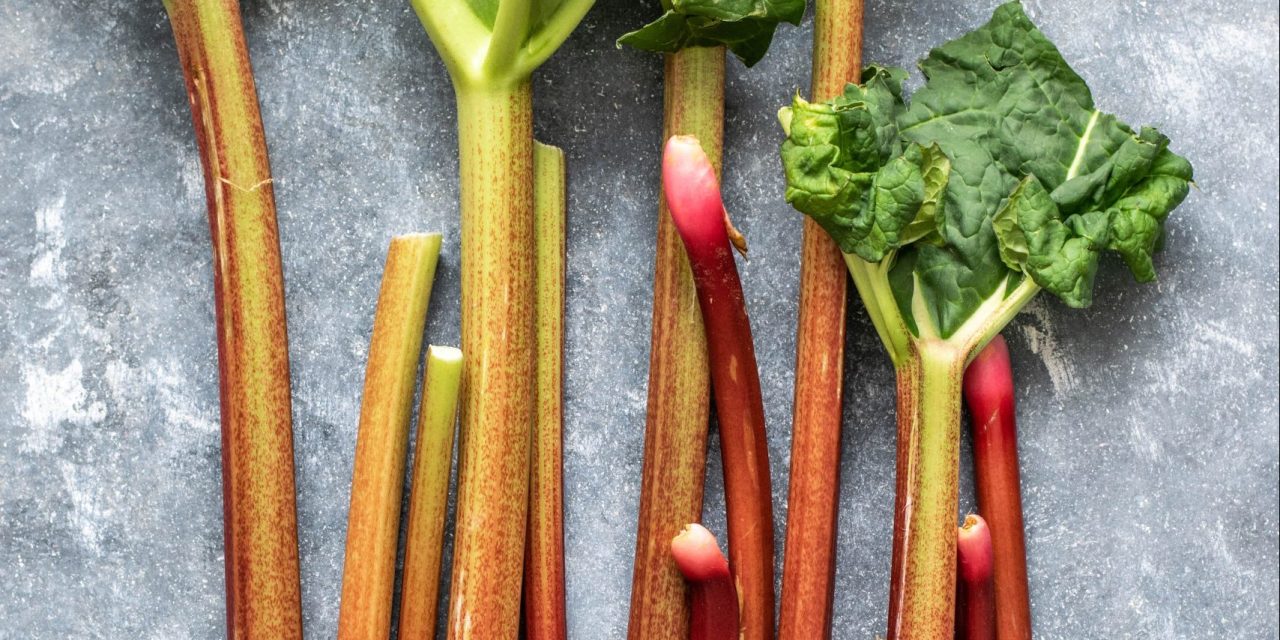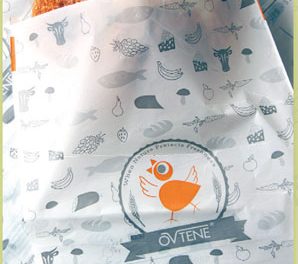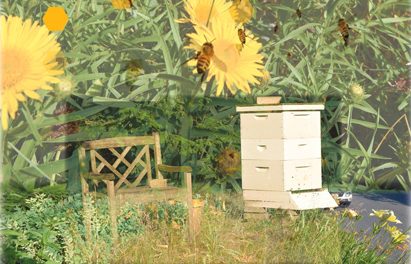
By Karen J. Covey.
Commonly referred to as a fruit, rhubarb is actually a vegetable, and one of the first available throughout New England, a sure sign of spring. With its tall green-to-ruby-red stems and umbrella-like green leaves, this perennial is a favorite among gardeners and chefs alike.
Growing rhubarb is fairly easy, and once established requires little work to maintain. It’s most commonly started from crowns, not seeds, which can be purchased from a garden store or nursery, or better yet, given to you as a division from an established plant (rhubarb is an excellent pass-along plant). The crowns can be dug up and divided while the plant is dormant, making sure each piece has a root portion and at least one bud for propagating. Find a spot in your garden in full sun with rich soil and good drainage, as rhubarb will easily rot if it’s too wet. Plant the crown in soil that’s approximately 2 inches deep and 2 to 3 feet wide for best results. Water it well throughout the season and be sure to remove any flower stems as soon as they appear, to help the crowns of the plant grow strong and healthy.
Once the new plant starts to grow, it’s recommended to wait at least a year before harvesting anything from it, giving the plant time to become well-established; during the second year it’s advised to pick the stalks sparingly. The best time to harvest is from spring to early summer, when the stalks are about a foot long. Cut (or gently twist) the stalks at the base of the plant, taking care to leave about half of the stalks on each plant to allow for future healthy harvests.
Raw rhubarb can be quite sour, which is why it’s often cooked or paired with something sweet to balance out its tart flavor. The red stalks tend to have a slightly sweeter flavor than the younger, greener stalks, but both work in just about any recipe. Be cautious, as only the stalks are edible—the leaves of the rhubarb plant are actually toxic, containing an irritant called oxalic acid, that should not be ingested.
Rhubarb is not only a beautiful ingredient to cook with, it’s also rich in antioxidants, particularly anthocyanins (which give it its vibrant red color). Anthocyanins can be found in darker fruits and vegetables like red onions, berries, and grapes, and may help protect the body against many health-related issues such as heart disease and cancer. Rhubarb is also an anti-inflammatory and a great source of vitamin K1.
Rhubarb can be stored in either the refrigerator or the freezer, for later use. To store in the refrigerator, cut the stalks and place in a covered container for up to two weeks. To store in the freezer, cut the stalks in pieces and place in a covered container or freezer-safe bag for up to six months. Wash, dry, and trim just before using.
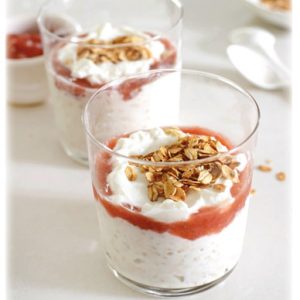
Overnight Oats with Rhubarb
Ingredients
- ⅓ cup milk almond, cashew, coconut, or whole milk
- ⅓ cup plain Greek yogurt
- ⅓ cup old-fashioned oats
- 1 teaspoon chia seeds optional
- ½ teaspoon vanilla extract
- Pinch ground cinnamon or to taste
- Rhubarb pulp for serving (see margarita recipe)
Instructions
- In a bowl, add milk and yogurt and whisk to combine. Add oats, chia seeds (if using), vanilla, and cinnamon. Stir to combine. Cover and refrigerate for at least 4 hours, or overnight.
- When ready to serve, give mixture a stir. Transfer to a serving glass or bowl, top with a spoonful or two of rhubarb pulp, and serve.
Notes
You can make a larger batch of this at once (2 to 3 servings), portion it out individually, and use within 3 days.
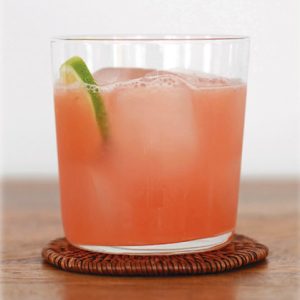
Rhubarb Margarita
Ingredients
- 2 cups washed dried, trimmed, and diced rhubarb (from about 3 or 4 stalks)
- ½ cup sugar
- ½ cup plus 2 tablespoons water
- 2 ounces tequila or to taste
- 1 ounce rhubarb simple syrup*
- 1 ounce fresh lemon juice
- 1 ounce fresh lime juice
- Ice
- Lime slice or wedges for garnish, optional
Instructions
- *Rhubarb simple syrup
- Place rhubarb, sugar, and water in a medium saucepan and stir to combine. Bring to a gentle boil. Reduce heat to medium-low and simmer until mixture is thickened, 15 to 20 minutes. Allow to cool to room temperature.
- Pour mixture through a fine-mesh strainer into a large measuring cup, scraping off bottom of strainer as well. Transfer pulp from strainer to a separate bowl (see cook’s note), cover, and refrigerate for up to 2 weeks. Store finished syrup, covered, in refrigerator for up to 2 weeks.
- In a cocktail shaker, combine tequila, rhubarb simple syrup, lemon and lime juice. Add ice and shake until well combined, about 10 seconds. Taste and adjust as desired. Fill serving glass with ice. Strain mixture into glass, garnish with lime (if using) and serve.
Notes
The reserved pulp from making the syrup is the perfect topping for overnight oats (it’s great over ice cream as well).

Rhubarb Barbecue Sauce
Ingredients
- 1 tablespoon extra-virgin olive oil
- 1 small onion diced
- Kosher salt to taste
- Freshly ground black pepper to taste
- 2 cloves garlic finely minced
- 1 tablespoon tomato paste
- ½ 14.5- ounce can low-sodium diced tomatoes and their juices
- ¼ cup light brown sugar or to taste
- 1 to 2 tablespoons apple cider vinegar
- 1 tablespoon Dijon mustard
- ½ to 2 teaspoons chipotle in adobo sauce optional (see head note)
- 1 cup washed dried, trimmed, and diced rhubarb (from about 3 or 4 stalks)
Instructions
- In a medium saucepan, heat oil over medium heat. Add onion and cook until softened, about 5 minutes. Season with salt and pepper. Add garlic and tomato paste and cook for another minute. Add tomatoes, light brown sugar, 1 tablespoon apple cider vinegar, mustard, ½ teaspoon chipotle in adobo sauce (if using), and rhubarb. Stir to combine. Bring to a gentle boil. Reduce heat to low and cook for 15 to 20 minutes, stirring occasionally, until sauce has thickened and rhubarb is softened. Taste and adjust as desired, adding in additional vinegar or light brown sugar as needed. Remove from heat and allow to cool to room temperature.
- Once cooled, puree until smooth with either an immersion blender or a food processor. Cover and keep in refrigerator for up to 1 week.

